This month marks nine years since the passing of San Francisco underground photographer Charles Gatewood. We spent some time together off and on, and I thought I’d write it up here.
I first met Charles Gatewood in the early ‘90s, while doing The Nose magazine. He’d recently moved from Woodstock to SF, and was eager to show the staff his crazy photos of weirdo America, sideshow freaks, bikers, and body manipulators. Our magazine was all about weird/funny culture west of the Mississippi, so naturally we were keen to interview him. We learned his origin story: an outcast who fled a miserable alcohol-torn family life in the Ozarks of Missouri, he got a degree in anthropology, and spent some years as a mainstream photographer in New York, before carving out his own niche as a premiere Mondo archivist, the Robert Frank of the American underbelly.
He was now sober and plugging into the San Francisco art scene. It was a fun story to publish, and we ran a number of his shocking images. But what should we put on the cover? The dirtbag guy with a rifle, standing in a messy apartment? The bald man with a pin shoved into his fingernail? Fakir Musafar hanging by skin hooks from a tree? One day Gatewood handed me an envelope of snapshots that he’d bought on the street in Bangkok, and we immediately saw the image that art director Bart Nagel would design for our cover. I asked him about the origin of the photo. He didn’t know who took it, but it cost him five cents.
Gatewood’s freelance hustle was always admirable, and he constantly cranking out product to sell. In addition to photography, he shot underground videos, marketed under his company Flash Video—fringy VHS documentaries which examined the American underbelly of sex workers, bikers, pagans, the tattooed and pierced. Titles like Weird America, Fangs of Steel, or Erotic Tattooing & Body Piercing. He told me it was quite lucrative, he had a lot of regulars. One client in the Midwest was a dentist and bought every single tape he made.
His apartment in Bernal Heights epitomized the 1970s, with thick carpeting and tall ferns and other plants. The walls were covered in framed blow-ups of his most infamous images. One crisp shot was of a young Bob Dylan, sunglasses and cigarette, at a press event in Stockholm in 1966. It was Gatewood’s first published photo, and was made into a poster that sold around the world.
In the ‘60s and ‘70s, Gatewood had been a strait-laced freelance photographer, shooting for Time, The New York Times, and Rolling Stone, which ran his image of Rod Stewart on the cover. But he eventually grew bored, and began taking photos of verité Weegee weirdness in Mardi Gras and New York, which were collected in the excellent 1975 book Sidetripping, with text by William S. Burroughs.
Gatewood continued his curiosity and followed the fringe zeitgeist into the kink, tattoo, and piercing communities. His images were the standout of the classic 1989 RE/Search book Modern Primitives. But honestly, my favorite book of his is Wall Street, from 1984, which won a Leica award, and depicted the New York financial hub as a lonely neighborhood of sad desperation. I still look at those photos occasionally. There was such a calculated intent to each shot, waiting for the right moment, the right sunlight, all to document a subject he clearly loathed. He told me later that his brother-in-law was a stockbroker, so Charles mailed him a copy. “He never spoke to me again,” he said with a smile.
He had studied anthropology, and so we talked a lot about human behavior and desires. During the first Gulf War in the ‘90s, we were driving in his car somewhere in San Francisco. I was going on about the Bush administration, and the rah-rah attitude of the U.S., and he told me something along the lines of, “You know, Jack, I’ve traveled all over the world, and the one thing about America, is that America overdoes everything.” I’ve never forgotten it. Americans do exactly this. We’re excitable, enthusiastic, and we take things too far.
I wrote a few stories about him, including an SF Weekly cover about “blood sports,” which focused on his 1997 project True Blood, with text from David Aaron Clark. The article tracked the biographies of four participants in the book: Gatewood, Clark, Danielle Willis, and Clint Catalyst. I spent a month hanging out with blood people, learning why they did what they did, and while it was fascinating, what I realized about myself is that I was no Gatewood. It took me weeks to decompress.
In that article, Gatewood told me he subscribed to Burroughs’ notion of an artist as an antenna of receptivity: “My work is not theory-driven. I know I’ll get washed along to another interesting scene.”
He felt that his images were seen as freaky because of cultural and racial biases. Anything that happened to white kids was horrifying, he suggested, but if African natives were seen engaging in similar rituals, they seemed wise and beautiful and interesting:
“We romanticize the noble savage, as long as we can marginalize them and keep them out of our psyches. ‘That’s cool because he’s doing it in New Guinea, and he’s black, and he’s got a bone in his nose and doesn’t threaten me; that’s cool.’ But that's because we can keep it in a safe area of our psyches, and know that we’re not going to have to come anywhere close to what he’s doing.”
We collaborated on a few book proposals, which never came to fruition, but it was cool to spend more time with him, and observe how he approached a topic, a person, a social movement. In the mid-2000s I dropped by his 60th birthday party at the Knockout in the Outer Mission. The bar was filled with happy freaks and weirdos, and the evening culminated with women pulling down Gatewood’s pants and shoving pieces of cake into his butt.
In later years we didn’t see each other as much. I was busy producing a literary festival, and Charles stayed prominent in the underground, cranking away on new books and gallery shows. The last time I saw him was in 2013, at the Viracocha space in the Mission, when we both received Acker Awards for “nonconformist achievement in the arts.” He looked older and more frail, but he was pretty jazzed about selling his archive to the U.C. Berkeley Bancroft Library. It was really good to reconnect, and I always felt that I had learned a lot from him, even if I couldn’t explain exactly what that might be.
Nine years ago today, he jumped from the balcony of his apartment in a suicide attempt. Three weeks later he passed away. RIP Charles Gatewood.
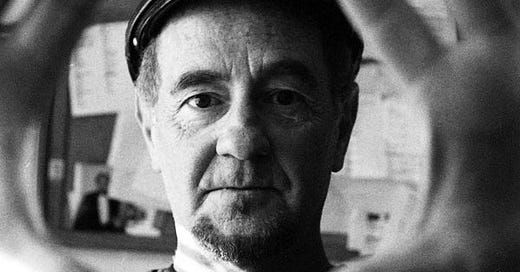




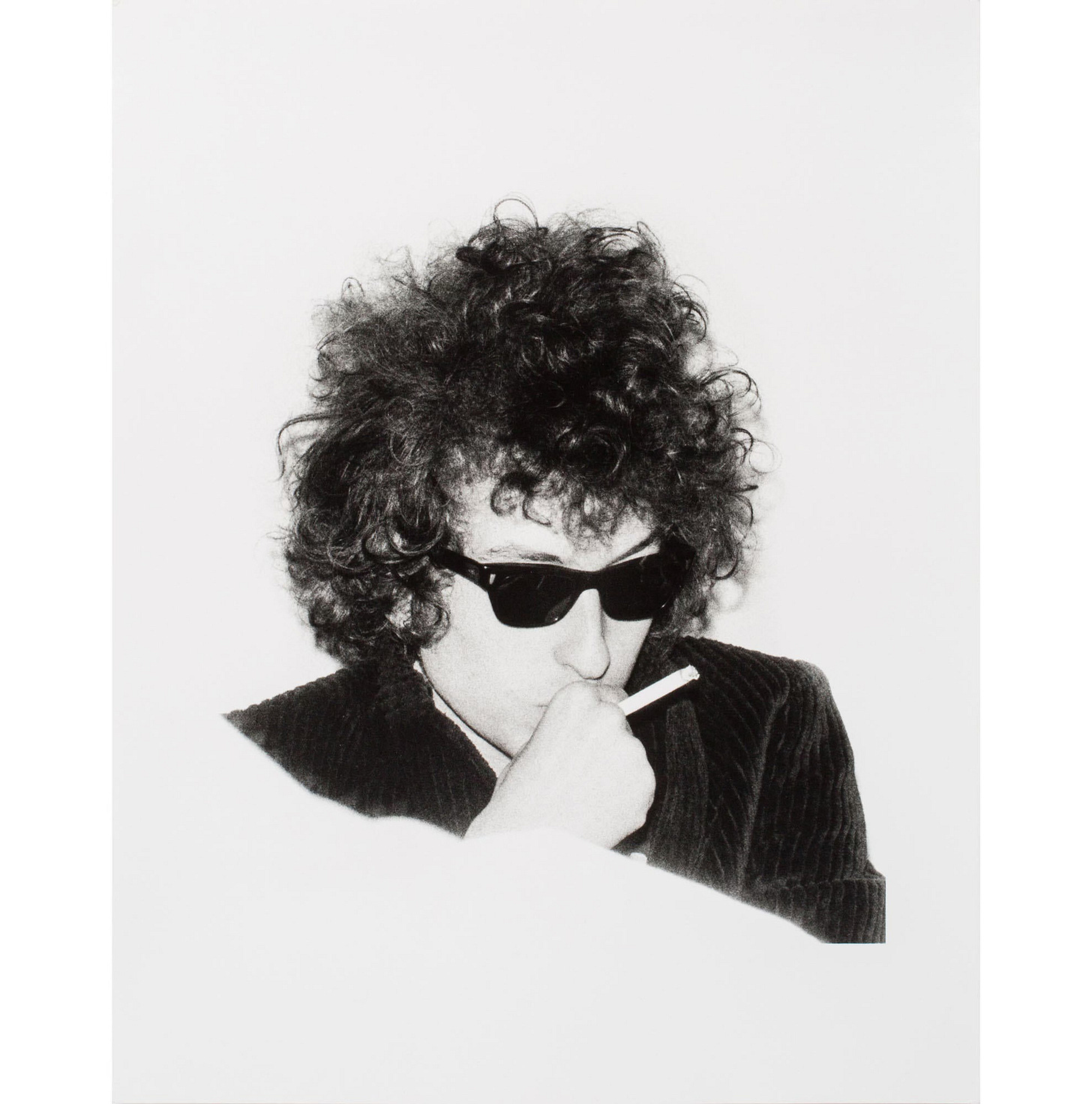
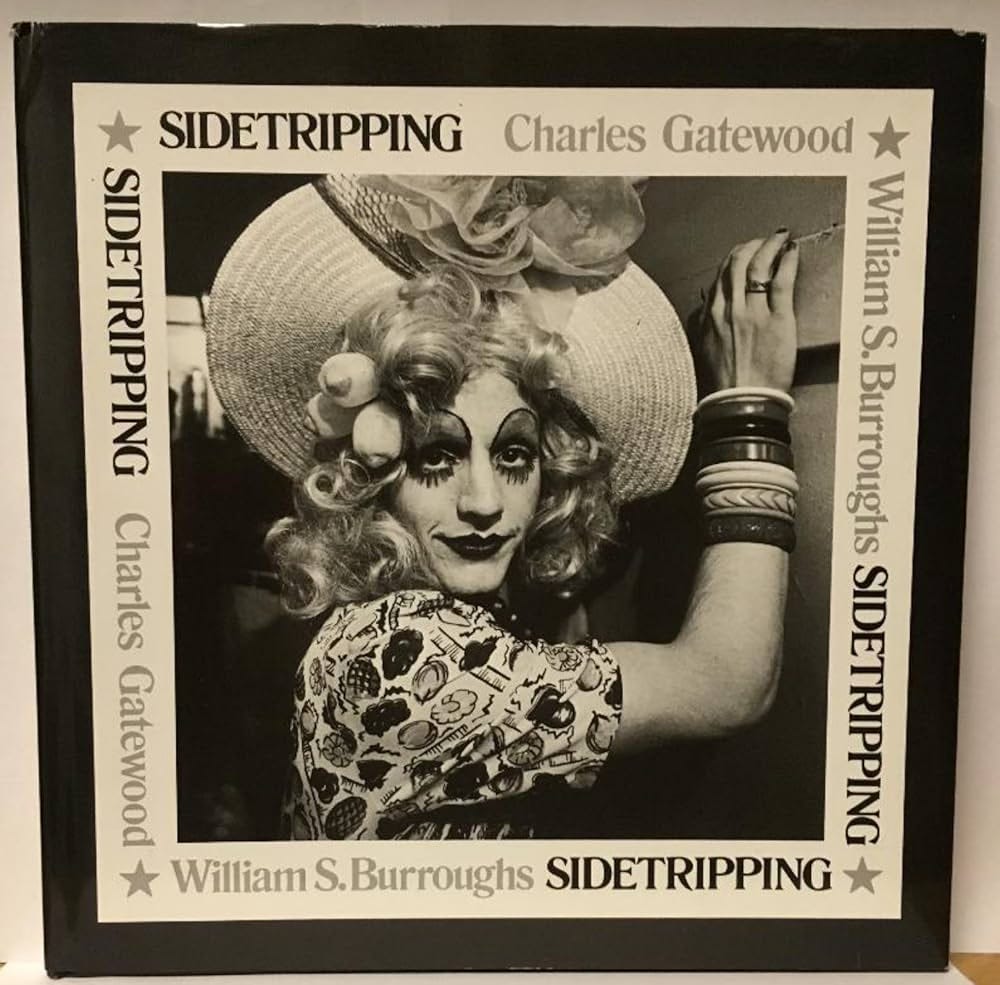
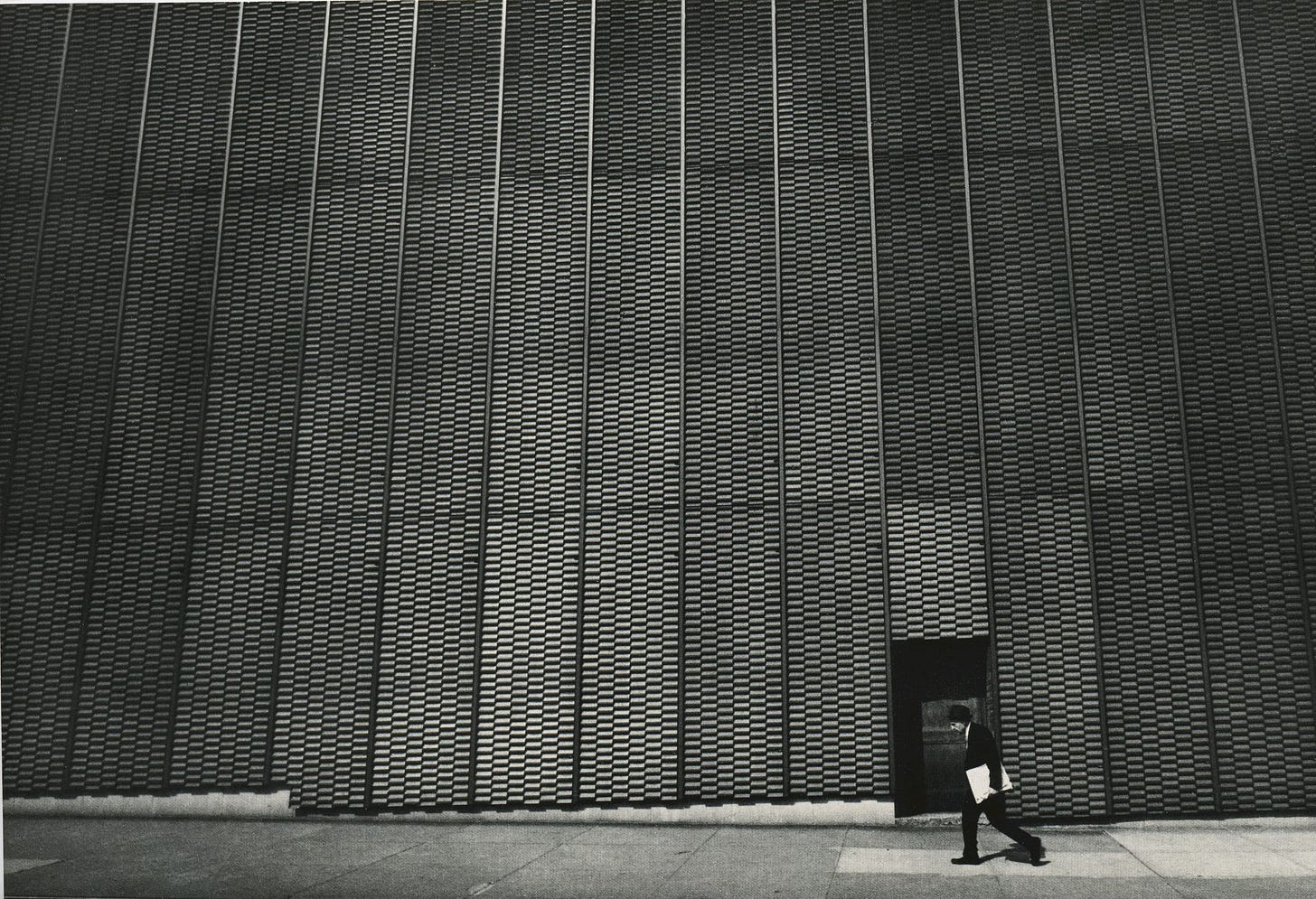
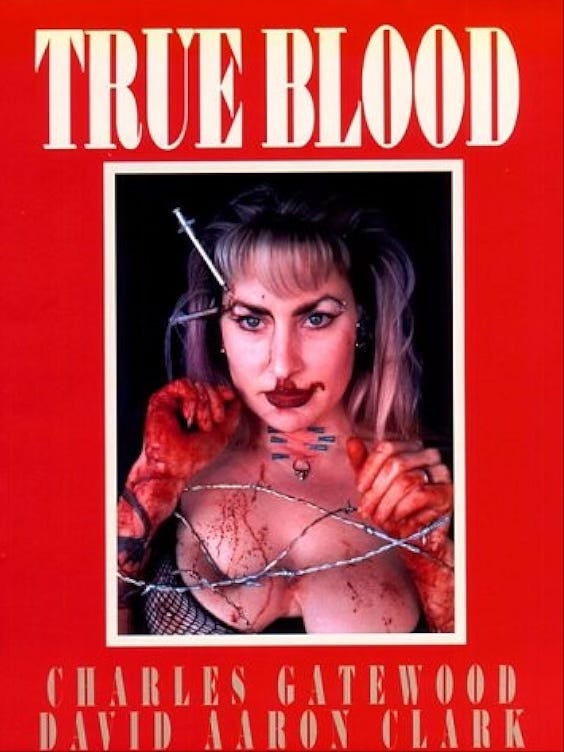
Thanks for sharing this. I hadn't thought about Gatewood in a long time. I remember his work was everywhere when I moved to SF in the early '90s, even dated a girl who posed for him (but who didn't?). Didn't realize his end was so tragic, but I guess most endings often just kinda are.
Well, there's a man who used his degree in anthropology! I know I've seen his work but didn't know who he was; and I defintely remember the RE/Search cover. Fascinating article, both about him and to some degree, you.